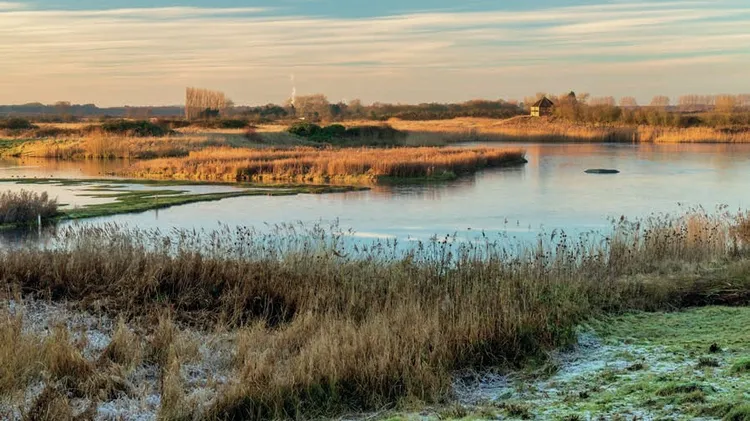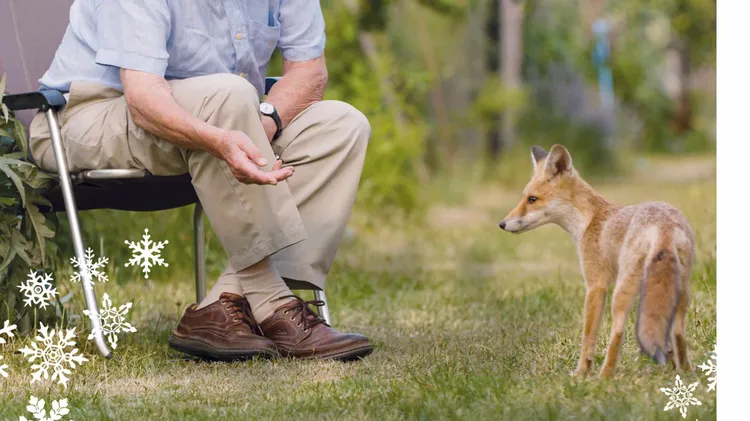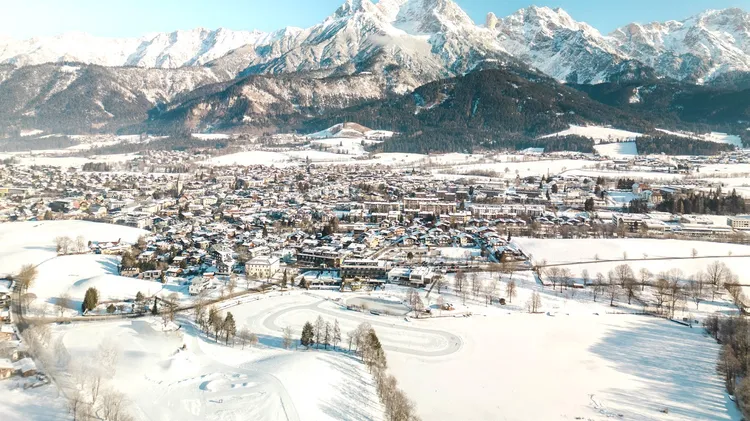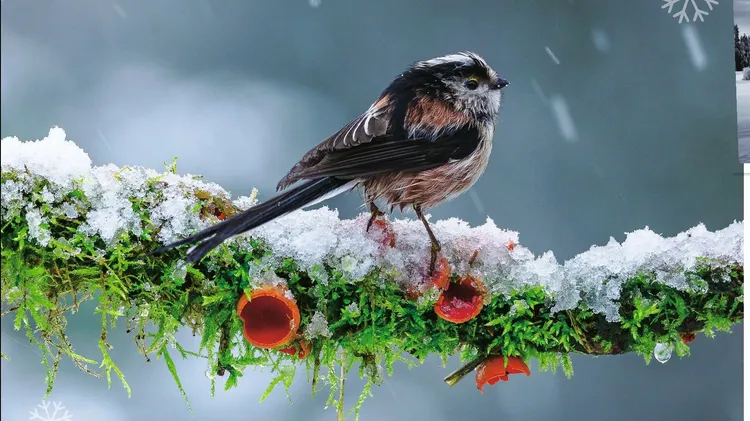We look at how winter changes the lives of animals and keepers at Scotlan
Christmas at the zoo
3 min read
This article is from...
Read this article and 8000+ more magazines and newspapers on Readly






